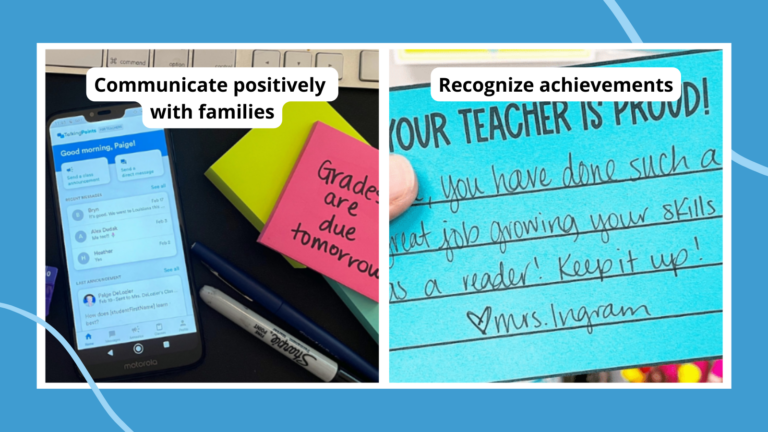EduTwitter chats and comments sections are awash in classroom management woes. Sometimes stories from teachers sound more like they’re from the front lines instead of a sixth grade homeroom.
Unsurprisingly, these complaints are accompanied by a surge of responses from professionals with advice on how to turn the tide. Some ideas are longstanding, such as getting to know your students, while others are new, such as restorative justice circles. While the effectiveness of some of these practices is debatable, all seem to center on the teacher’s actions.
But what if changes in student behavior started with leadership?
I’d like to suggest a shift in the focus for where culture work and behavior management should begin: It should begin with the leadership team, before the first teacher or student ever walks into the building.
The way a teacher manages a classroom by building relationships, creating engaging lessons, and listening to student voices is important, but it is secondary to school-wide systems built on high expectations, clarity, and consistency. Without a foundation from leadership, management at the classroom level cannot take hold. All the best practices in the world become elusive, slippery ideas that manifest only superficially. And for the teachers who are able to forge real bonds in chaos, the effort undoubtedly takes significant instructional time and emotional labor.
Imagine living in a town where each neighborhood chooses their own speed limits. Madness. Yet in too many schools, there is a class-by-class approach for classroom management. This means that a teacher’s skill, personality, and tenacity drive the safety of the classroom. This is a roll-the-dice game, and there are a lot of ways to lose at dice.
The foundation for a well-supported school is best laid through top-down initiatives.
School leaders have an obligation to clearly articulate expectations for all students, establish a common language, establish common practices, and determine appropriate rewards and consequences. This is not authoritarian or anti-collaborative or constraining. It’s quite the opposite: A common set of norms frees up space for relationships, engagement, and student voice to thrive.
The key to effective top-down culture initiatives is keeping them loose enough to allow for discretion and creativity, but tight enough to prevent contradictory responses to predictable occurrences. Some examples:
- How children conduct themselves in common spaces (hallway, lunchroom, playground, etc.)
- Response to behaviors proven to advance student success (completing assignments, teamwork, academic progress/achievement, etc.)
- Response to behaviors proven to hinder student success (missing assignments, lateness, absences, etc.)
- Detailing non-negotiables (hitting, cursing, leaving class without permission, etc.)
- Systems and resources to uphold practices (assemblies, culture deans or other similar personnel, designated support spaces, etc.)
When schools lack strong leadership, they undergo a predictable dysfunction.
All too often, the soft-blaming begins—particularly for those teachers new to the field and working in high-needs schools. It can sound like this:
“Some students just have different ways of expressing themselves.”
“Jane needs more opportunities to show her strengths.”
“Have John in for lunch so you can get to know him.”
These tips alone might buy you five minutes or a few days, but not much more.
It’s not that this feedback is wrong, it’s that it is used as a first response to challenges that are often more systemic in nature. It is unethical to expect teachers, especially the newest ones, to shoulder this responsibility if there is not a strong, school-wide system backing them up. Schools are dropping the ball here, and this is having a devastating impact on our students.
School leaders have to do a better job of setting up teachers for success when it comes to behavior management. Teachers need to lean on something bigger than themselves. They need the wisdom of those who have successfully run safe schools to guide them.
Looking for more articles like this? Be sure to subscribe to our newsletters to find out when they’re posted!


